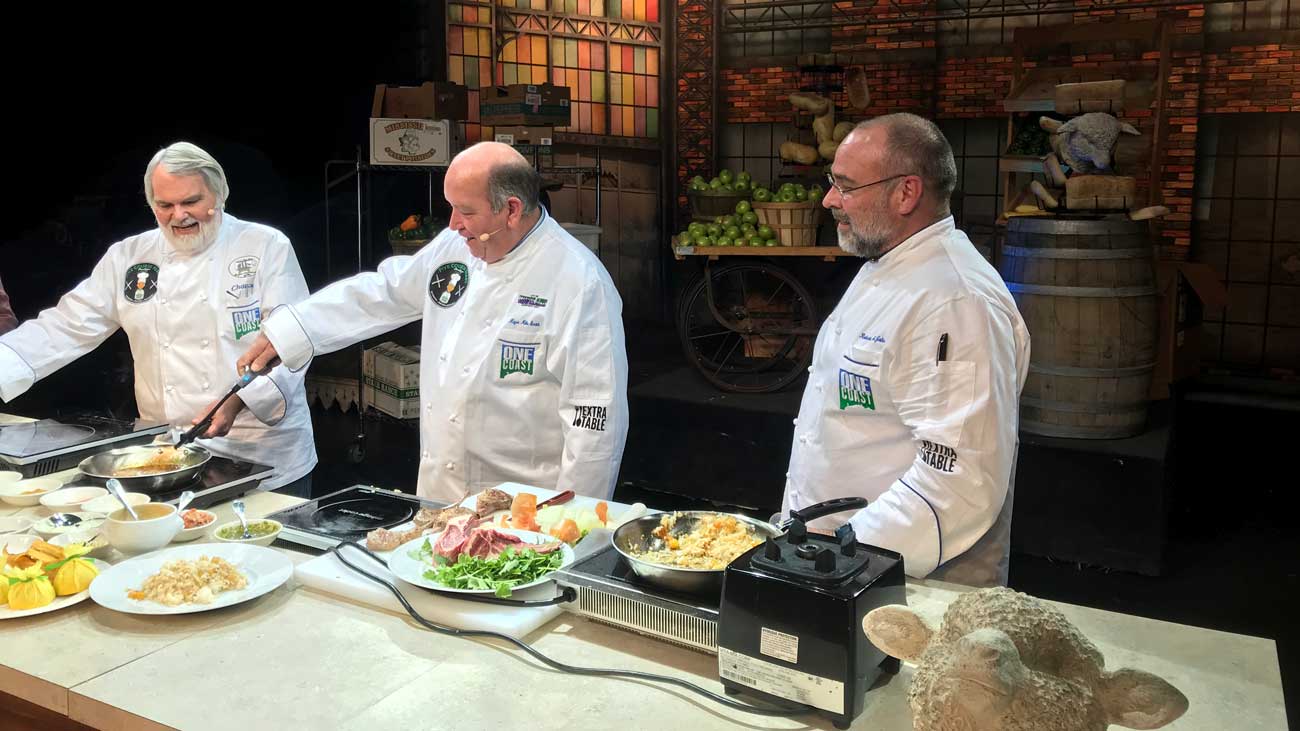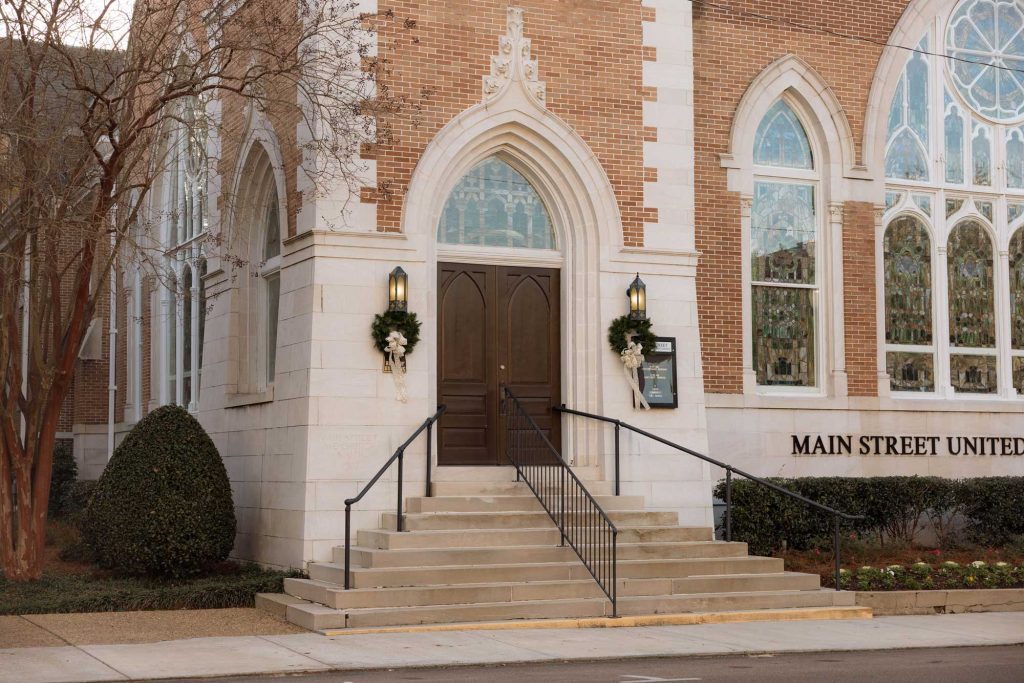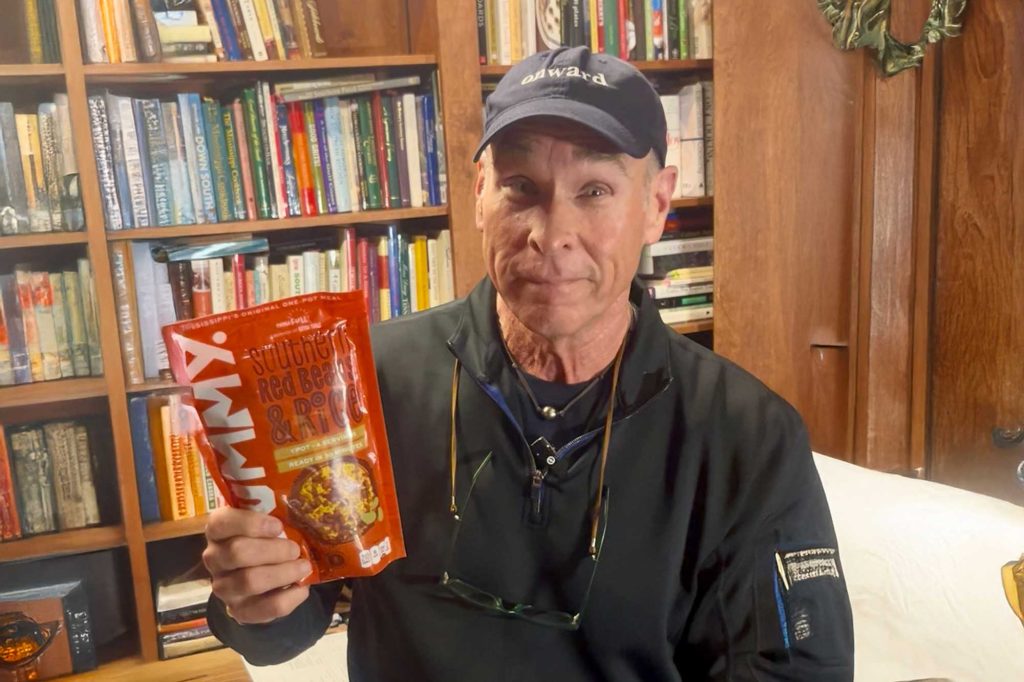Week Nine
Eating Europe Lesson #267— The tourist places are crowded for a reason: There is usually something worthwhile, awe-inspiring, memorable, and/or inspirational to see or experience in those locations.
Leaving home, I had the attitude that I was going to steer clear of the tourist spots and keep it local. The problem with that logic is that I would have missed so many amazing and historical sites.
Within a matter of weeks I altered my attitude and committed to just steer clear of tourist-driven food establishments. When it comes to dining out, I keep it local at all costs.
Eating Europe Lesson #268— Don’t underestimate the beauty, food, lifestyle, attitudes, people, and culture of Tuscany.
One reads the books, sees movies, and hears reports from fellow travelers who have gone before, but it’s akin to taking a photograph of one of the great cathedrals, printing it on an 4 x 6 glossy card, and trying to relay the beauty and grandeur of that building to someone who has never seen it in person.
It takes much more than a 750-word column to describe the splendor of this region. Hundreds of books have been written. I read half of them, and I still underestimated this region (refer to Lesson #267, there’s a reason the books are written).
I am located midway between Florence and Siena just off of the Via Roma (the small, thoroughfare that has connected Bologna and Florence to Rome for over 2,000 years). Our villa sits at the end of a secluded dirt lane, high on a ridge, with 180-degree views from which one can enjoy the most amazing sunsets these 50 years have witnessed.
The valley below our villa is home to what the locals claim is, “The most fertile white truffle hunting ground in Tuscany.” The rolling hills are scattered with rows of olive trees and grape vines, and spotted with hearty stands of oak and cypress. We arrived a few weeks after the grapes were picked, and just before the olives will be harvested. The fields and groves are empty except for the occasional hunter in search of pheasant or truffles, and a gray fox that sneaks up the hill and into our courtyard at night.
Both hunters use dogs. The pheasant hunters opt for pointers and setters and dress much like quail hunters do back home. The truffle hunters dress nattily and use dogs as well. Whereas the average English Setter might have a comfortable lifestyle lounging in a pen and occasionally working the fields retrieving birds, the truffle hounds have it made.
Truffle hounds replaced pigs several decades ago. From what I gather, using my limited understanding of the language, the pigs were eating the truffles, or at least, mauling and disfiguring them. Truffle hounds are fed truffles from the time they are puppies. That’s the life— roaming the Tuscan countryside and eating a lifetime supply of white truffles.
Our villa— Villa Il Santo— is comprised of two ancient buildings: A converted 1,000 year-old tower that stood guard at the entrance of the medieval village of Petrognano for several centuries. And a 1,000 year-old converted hay barn where my friends Wyatt and David are sleeping. The hay barn also houses the kitchen and dining room. The two buildings are attached by a glass loggia that overlooks the valley and, farther in the distance, the mountains 30 miles to the west.
The closest town is another Medieval village called Barbarino Val D’Elsa which is home to a historic cathedral, a 2,500 year-old cantina (wine cellar to you and me), and possibly the best— and thinnest— pizza I have ever eaten.
Eating Europe Lesson #41— Don’t Judge A Tuscan Town By It’s Cover. The larger town near our villa, Tavarnelle Val di Pesa (population 7,346), didn’t interest me upon our arrival. It had the basics— butcher, baker, place to buy an International Herald Tribune, but I viewed the village as a commissary at best.
The longer I stay here, the more the town of Tavarnelle appeals to me. In the past few months we have visited cities that are paragons of architecture such as Budapest, Vienna, and Copenhagen. Two weeks ago, we left those impressive metropolitan capitals and arrived at the outskirts of this small, non-descript town. My initial opinion on Tavarnelle was one that was formed by comparing larger cities from a grander scale— apples and oranges, or more accurately, figs and pears.
The more time I spend here, and the more I open the local merchant’s doors and step inside their shops, the more I love this place and its people. The storefronts might not rival those inside the ring of Vienna, but the vegetables and fruits that are offered at the green grocer just off of the town square are world class. There is no skyline, and the 12th Century church might not have the beauty and grandeur of St Stephens in Budapest. But I have never enjoyed a bakery as much as the simple and unadorned Bagnoli Paticcieria next to the roundabout that leads to the next nondescript village.
It just takes time to peel back the layers of the towns’ surfaces. The people here are warm, friendly, and passionate about life. The food here is fresh and unmatched when compared to like items anywhere I have been. One could get used to living this lifestyle very quickly.
For one more week I will live the life of a truffle hound— roaming the Tuscan countryside eating truffles and taking it all in. Then, with a little remorse in our hearts, we will move to Rome and leave the hounds to the truffles.

Angel Hair Pasta Trigiani
1/3 cup Extra Virgin Olive Oil
3 Tbl Fresh Garlic, finely minced
1 1/2 tsp Crushed Red Pepper Flakes
3 oz. Flat Anchovy filets, drained but not rinsed
1 lb Capellini (or Angel Hair) Pasta
Start with a cold 12-inch sautee pan. Add oil, garlic, and crushed red pepper and cook/steep over low heat 4-5 minutes, to allow the garlic and pepper to infuse the oil. Do not brown or burn the garlic (if you do, start over). Add the anchovy filets and gently stir until completely dissolved (appx 2-3 min). Sauce is finished at this point and can be prepared one hour ahead of time, to be completed just before the meal is served.
Cook pasta in briskly boiling, salted water to al dente. Drain and add to simmering sauce allowing a little of the starchy pasta water (appx ¼ cup) to be added to the sauce. Gently toss until pasta is completely coated and serve in heated bowls. Drizzle with a little extra virgin olive oil.
Variations: Shrimp or oysters can be added to the sauce, or a small amount of freshly grated Parmigiano Reggiano can be added at the end (but take it easy on the cheese as the finished product can become too salty).




